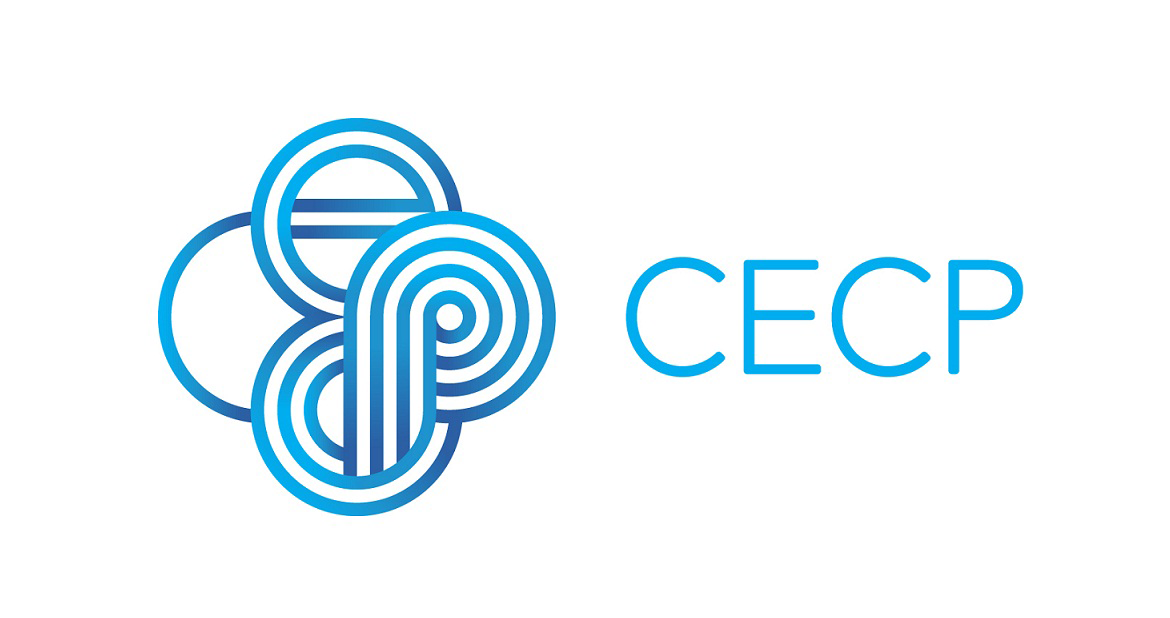Getting to Know You: ESG, Investor Relations and Corporate Sustainability
Four thoughts for better long-term focused disclosures

Getting to know you: ESG, Investor Relations and Corporate Sustainability
This article first appeared on LinkedIn. Brian Tomlinson and Mike Krzus’ report, The Method of Production of Long-Term Plans, can also be viewed for full coverage of the topic.
Four thoughts for better long-term focused disclosuresCommunicating new topics to investors often requires new operational processes, personnel, and data; disclosure can work as an organizational forcing function. Corporations are wrestling with this in the context of sustainability and long-termism.
In our research, we’ve spoken to companies about their process for developing long-term investor-facing communications for the first time, layering in key ESG disclosures. This builds on the National Investor Relations Institute’s recently released ESG Policy Statement which guides companies toward more and better ESG and long-term strategy disclosures.
For our report, we spoke to senior corporate representatives of both Investor Relations (IR) and Corporate Sustainability (CS) functions (I use the terms Corporate Responsibility and Corporate Sustainability synonymously in this article). From these conversations, we identified some simple key steps CEOs can oversee within their organization to enable a long-term strategic plan, that builds in ESG, to be communicated to the capital markets:
1 – Shared understanding: A unified view needs to be developed between Investor Relations (which holds the capital markets relationship) and Corporate Sustainability (which holds the sustainability data). Reaching a shared understanding required iterative dialogue to seek a common level and resolve differences of perspective, materiality, audience, and priorities. This process was often emergent and being tested for the first time. Often the long-term plan being disclosed was the first time that IR and CS had co-owned a project or dealt with each other beyond sporadic ad hoc requests – though all participants noted that the increasing volume of requests on ESG themes were driving more interactions.
2 – Cross-team collaboration: Structured cross-team collaboration was key to draw on the specialisms and data held by the different teams. IR provided credibility, control, and CFO engagement in the process and CS gave insights into the sustainability themes and data that the corporation developed and disclosed. CS were also the cutting-edge to identify those issues not commonly discussed in investor presentations like the earnings call – but were of growing interest to their investor base. Both teams were critical to an effective long-term plan that met investors’ broad content expectations.
Read the full article on the CECP Insights Blog here.

